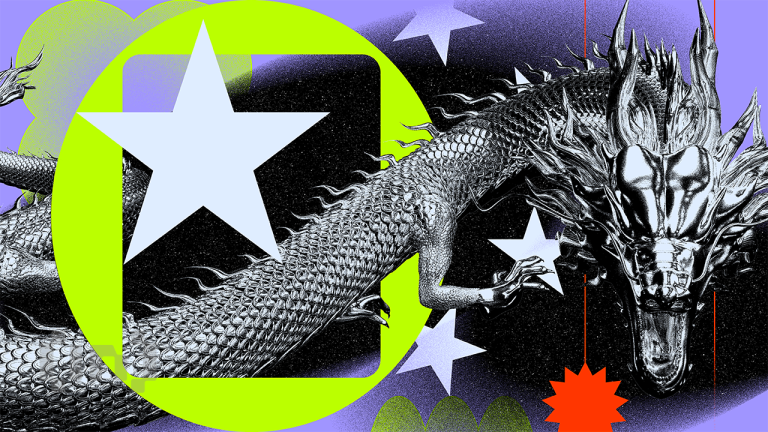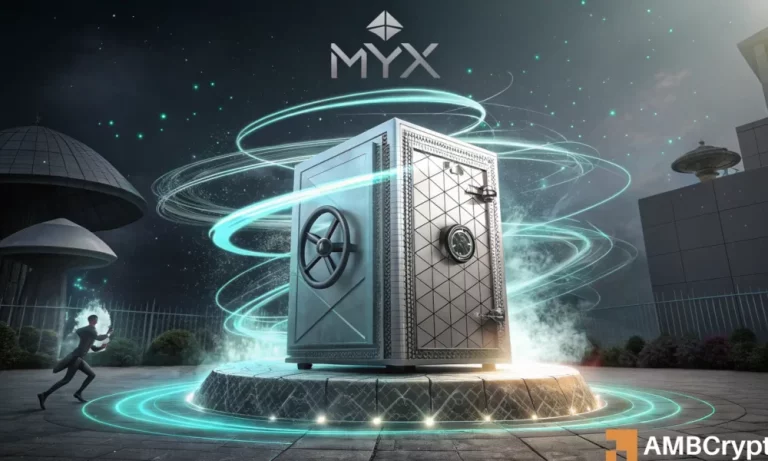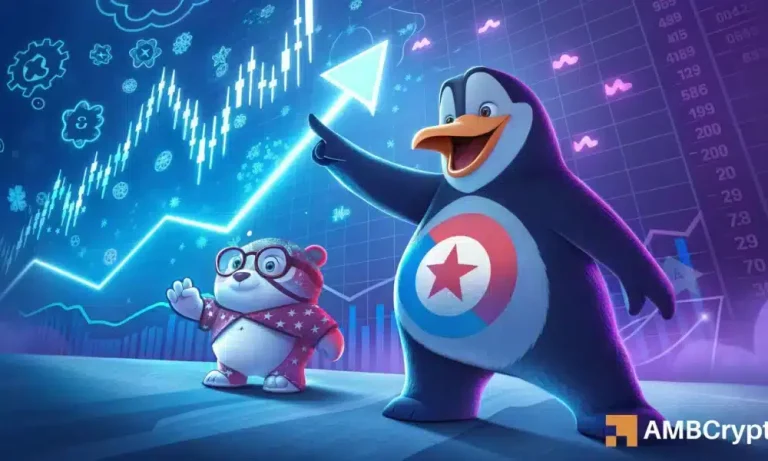
Former US President Donald Trump has once again brought headlines with his stance on Ukraine’s NATO aspirations, as he prepares to host Ukrainian President Volodymyr Zelensky along with European leaders at the White House. This high-stakes diplomatic meeting comes at a crucial time for Ukraine, which remains embroiled in a conflict initiated by Russia’s invasion in February 2022.
Trump’s Controversial Comments on NATO and Crimea
Trump insists that Ukraine’s war with Russia could end “almost immediately” if Zelensky agrees to certain terms, including abandoning NATO membership aspirations. Speaking on his Truth Social platform, Trump reiterated his position that there would be “no getting back” of Crimea, which Russia annexed in 2014. His remarks underline his repeated calls for a permanent peace deal, even as he accused media outlets of pushing a “stupid narrative.”
Trump’s comments come only days after he held a summit with Russian President Vladimir Putin in Alaska. During the summit, Trump reportedly dropped demands for a ceasefire and instead pushed for an alternative security arrangement—potentially a NATO-style pact—that could assure Ukrainian defense without full NATO membership. According to US envoy Steve Witkoff, Putin has reluctantly signaled openness to these discussions.
European Leaders and NATO at the Table
In unprecedented coordination, European leaders, including UK Prime Minister Sir Keir Starmer, French President Emmanuel Macron, and German Chancellor Friedrich Merz, will join Zelensky in Washington for these critical talks. NATO Secretary General Mark Rutte is also set to attend, showcasing the alliance’s commitment to Ukraine’s future despite Trump’s pivot in NATO strategy.
Trump, who recently called Putin “absolutely crazy” for intensifying military aggression, has expressed frustration at the slow progress toward peace. However, Zelensky and NATO officials remain firm that Ukraine’s territorial integrity—including Crimea and the contentious Donetsk and Luhansk regions—will not be negotiable. The Ukrainian constitution explicitly prohibits ceding any territory, complicating potential peace deals.
Game-Changing Security Proposals
According to Witkoff, the US explored with Russia an alternative to NATO’s Article 5 guarantees. This arrangement aims to provide Ukraine robust defense assurances without official NATO membership. While details remain sparse, the so-called “security pact” could serve as a middle ground, allowing Ukraine to re-establish sovereignty while appeasing Russian objections to NATO expansion.
Even so, Zelensky has made it clear that any compromises around security guarantees will require direct three-way discussions involving Ukraine, Russia, and the US. Additional virtual meetings between Zelensky and European leaders preceding Monday’s summit have sought to strengthen a united front ahead of talks.
The Stakes for Global Diplomacy
For many observers, the rapid organization of this summit—spanning NATO’s most powerful members and Ukraine—highlights the urgent need for cohesive solutions. Trump’s diplomatic maneuvers with Russia could signal a shift in US foreign policy, especially as tensions remain high across Europe. A potential security agreement remains distant, with US Secretary of State Marco Rubio tempering expectations, stating, “We’re still a long way off.”
The coming days are critical, not just for Ukraine’s future but also for reshaping NATO’s global role. Trump and Zelensky face immense pressures from domestic and international audiences. Will Monday’s talks bring a breakthrough or further gridlock? One thing is certain—these discussions represent a pivotal moment in navigating Europe’s largest conflict since World War II.



